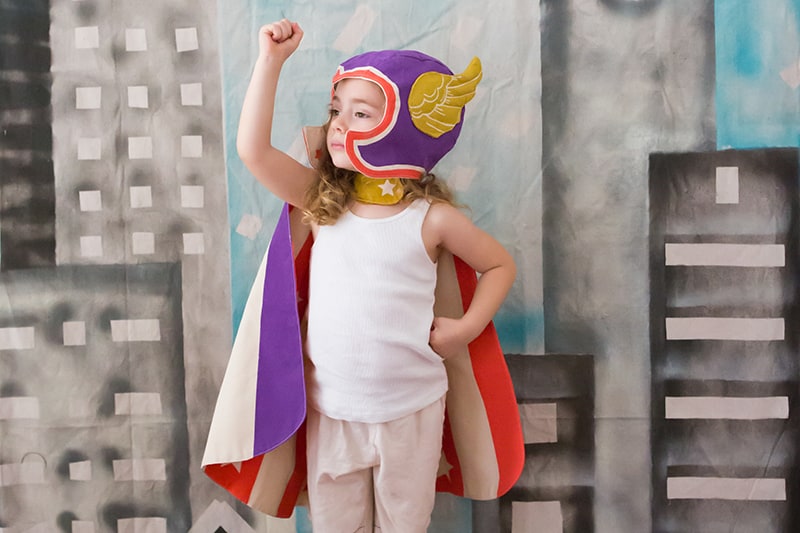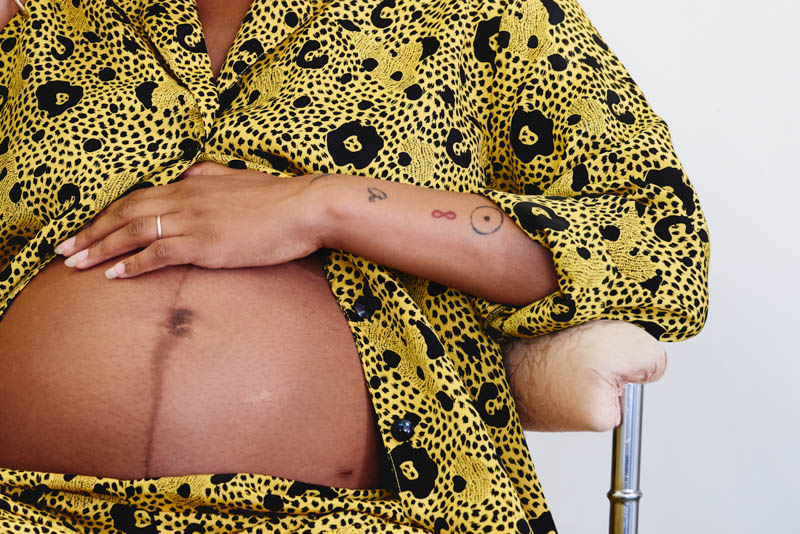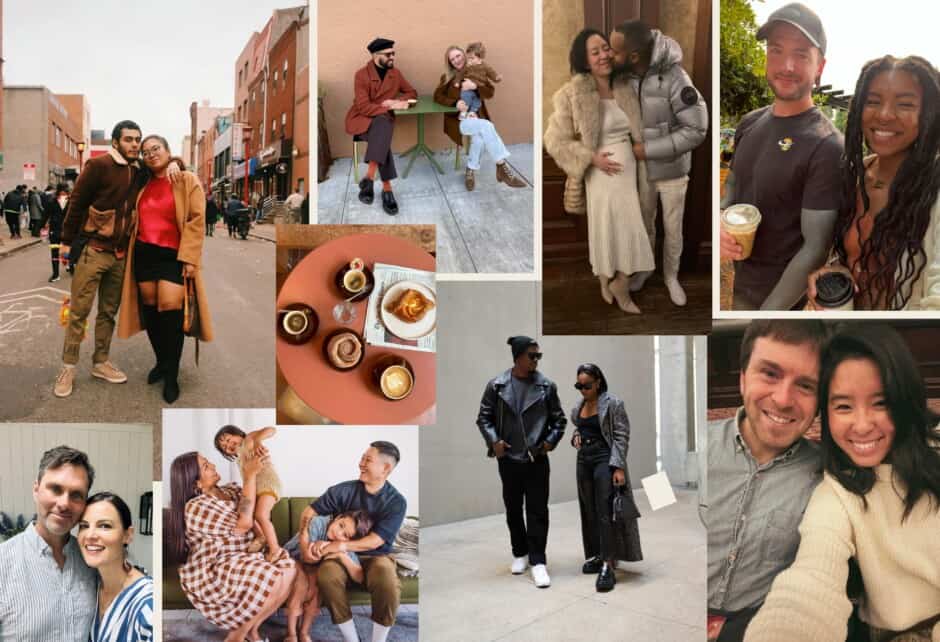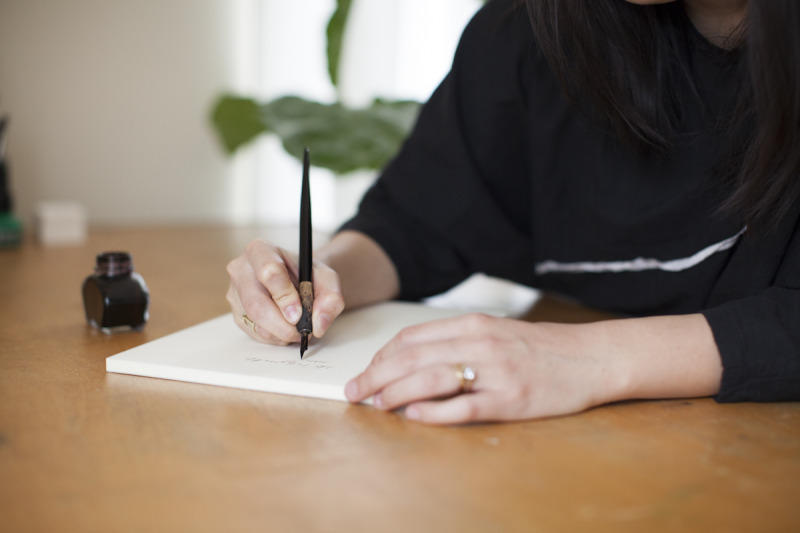
How Super Are Our Current Female Superheroes?
Written by Jessica Williams
Photography by Photo Courtesy of Lovelane
With Wonder Woman recently being named the United Nations Honorary Ambassador for the Empowerment of Women and Girls, Mattel promoting its new DC Super Hero Girls action figure collection (think Wonder Woman, Supergirl, and Batgirl), and LEGO unveiling its new DC Super Hero Girls building sets, it seems female superheroes are dominating the universe lately. Add Wonder Woman, the movie starring Gal Gadot, to premiere in June 2017, (and the fact that superhero costumes were projected to top princess costumes for the first time in 11 years this Halloween!), and it feels like the superheroine is finally getting the attention she deserves. Or is she?
Wonder Woman, Wonderful?
Wonder Woman’s recent appointment as the U.N. Honorary Ambassador to promote the U.N.’s crucial goal to “achieve gender equality and empower all women and girls” was met with quite a backlash. It spurred an online petition, started by concerned U.N. staffers, asking the U.N. Secretary-General to reconsider the appointment, asserting the role as “too important to be championed by a ‘mascot’” and asking that the Secretary-General appoint, not a fictional character, but a “real life female role model” that women and girls would be able to look up to, irrespective of their cultural background.
To be fair, other fictional characters have been named honorary ambassadors in the past. In 1998, Winnie the Pooh was named Honorary Ambassador of Friendship to the World’s Children, and in March 2016, Red, the animated character from The Angry Birds Movie, was named Honorary Ambassador for Green to help promote the International Day of Happiness and encourage people to take action against climate change. Even Tinker Bell from Peter Pan had been named an honorary ambassador.
But the petition’s authors take issue with Wonder Woman: “It is alarming that the United Nations would consider using a character with an overtly sexualized image at a time when the headline news in the United States and the world is the objectification of women and girls… The image that Wonder Woman projects is not culturally encompassing or sensitive,” they assert. Noting that the original creators of Wonder Woman may have intended that she represent “a strong and independent ‘warrior’ woman with a feminist message,” the petition states that “the reality is that the character’s current iteration is that of a large breasted, white woman of impossible proportions, scantily clad in a shimmery, thigh-baring body suit with an American flag motif and knee high boots—the epitome of a ‘pin-up’ girl.’” Indeed, exposure to sexualized females in the superhero genre can affect beliefs about gender roles and result in lower body esteem, according to a 2015 study by Hillary Pennell and Elizabeth Behm-Morawitz.
Some Background
Generally considered to be the first successful female superhero (she has always starred in and carried her own monthly comic book), Wonder Woman celebrates her 75th birthday this year. She debuted during World War II in 1941 by American creator Dr. William Moulton Marston, a famous psychologist, who very much intended she convey a feminist message. “Frankly, Wonder Woman is psychological propaganda for the new type of woman who, I believe, should rule the world,” Marston once wrote. According to Jill Lepore in her book The Secret History of Wonder Woman, Marston got that message across in 1943 in Wonder Woman #7 when Diana Prince (Wonder Woman’s secret identity) becomes president of the United States. “Marston thought the reign of women would usher in an age of peace, an argument that suffragists had used in attempting to secure for women the right to vote,” writes Lepore, a professor of American history at Harvard University. She quotes Marston as saying, “Women have twice the emotional development, the ability for love, than man has. And as they develop as much ability for worldly success as they already have ability for love, they will clearly come to rule business and the Nation and the world.”
That said, Wonder Woman played into stereotypes when she came on the scene. A big part of her motivation from the 1940s through (at least) the 1960s was men. “She spent a lot of time pining for Steve Trevor or other love interests. That was the driving force behind so many of the stories,” says Andrew Farago, curator at the Cartoon Art Museum in San Francisco. “She was a powerful character, and she was very independent in many ways, but at the same time she played into the stereotypical representation of women and women’s issues of that era,” he says, adding that some of her earlier comics really seem archaic.
But Wonder Woman has changed considerably over time. “Wonder Woman came into her own as a feminist icon in the 1970s, especially when Lynda Carter brought her to television in the mid-seventies,” says Farago. “When most people think of the character today, they think of Lynda Carter.” Recently, Wonder Woman also made headlines when writer Greg Rucka confirmed Wonder Woman’s bisexuality.
Beyond Wonder Woman
The female superhero, generally, has continued to evolve, thanks, in part, to more women writers and artists. Marvel Comics and DC Comics, the publishers who dominate the superhero comics industry, are publishing more comics starring female characters and comics written and illustrated by women than they have at any point in their collective history, says Farago. More women are reading comic books now than in decades, and there’s been a strong, steady increase in female fans attending comic book conventions—which experienced a resurgence after blockbuster superhero movies like Iron Man, Spider-Man, and X-Men—and taking part in online fandom.
Benefitting from this frenzy and gaining a considerable following is DC Comics’ Harley Quinn, likely considered the current most popular female comics character. More of a supervillain, Harley Quinn first appeared in 1992 in Batman: The Animated Series as the Joker’s lover/accomplice. “In the last few years, her popularity has really exploded,” says Farago, who adds that writing emphasizing Quinn’s sense of humor has resonated with fans. Controversial in her own right, Harley Quinn was recently played by Margot Robbie in the 2016 movie Suicide Squad.
So, it’s not your imagination. Female superheroes are everywhere lately, thanks to online fandom, more comics starring female characters, recent movies, and toy manufacturers like Mattel, LEGO, and even Velara Toys, which was started by two sisters aiming to transform the toy industry by creating their own female action figures.
Who Would You Choose?
Knowing all this, let’s get back to Wonder Woman. Is she the right “role model” to promote the U.N.’s serious and very important goal—gender equality and the empowerment of women and girls? Or is another person—either fictional or real—a better fit?
Share this story




